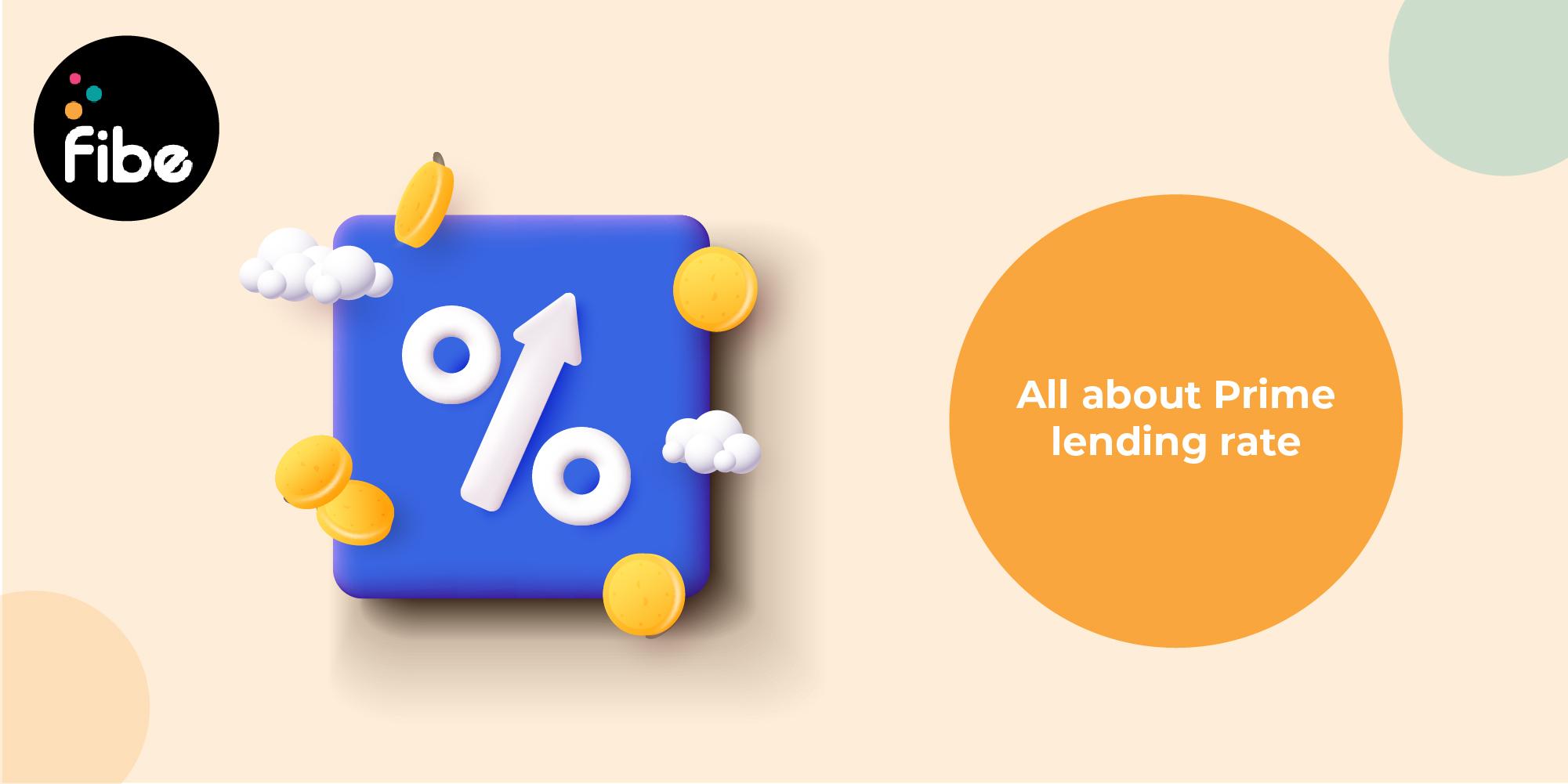- Home
- Blogs
- Personal Loan
- What Is Prime Lending Rate
Prime Lending Rate Meaning and Its Impact on Loans
Reviewed by: Fibe Research Team
- Updated on: 31 Jul 2025
Reviewed by: Fibe Research Team

If you’re planning to take a loan, it helps to know what is prime lending rate. This rate impacts how much interest you’ll pay on credit cards, home loans or business loans.
The prime lending rate meaning is simple. It’s the rate banks give to their most creditworthy customers. But it also sets the base for others. Lenders add extra charges on top of it based on your credit score, loan type and risk. So even if you don’t qualify for the best rate, the prime rate in India still affects your borrowing cost.
Read on to know what is prime lending rate, how it works and what to keep in mind before taking a loan.
Banks and NBFCs offer the prime lending rate to their most creditworthy customers. Prime rates are decided by lenders based on internal policies and external factors, such as market volatility and economic fluctuations. This rate helps compensate for the lending risk incurred by them.
Note that the prime lending rate does not directly affect your borrowing costs but acts as a baseline. Financial institutions add a certain spread to this rate based on who the borrower is, the type of loan, and more.
Since 2010, the base rate scheme has replaced the benchmark prime lending rate or BPLR system as per the mandate of the RBI. This was also replaced by the marginal cost of funds-based lending rate and today, lenders use an external benchmark such as the repo rate.
The RBI ensures transparency by pushing for a repo-linked lending system, so borrowers can benefit quickly when policy rates drop.
Banks and NBFCs consider many things before deciding their prime lending rate. Each lender may have its own way of setting rates but the basic lending rate formula includes both internal and external factors:
Apply For Instant Cash Loan Online
Prime lending rates and variable interest rates are important concepts affecting your borrowing costs. Here’s how the two work and why they matter for your loan costs.
| Aspect | Prime Lending Rate | Variable Interest Rate |
|---|---|---|
| Who decides it? | The lender (based on internal and market factors) | Adjusted periodically based on benchmarks like repo rate |
| Applicability | Applied to top-tier customers | Applied to most floating interest loans |
| Change Frequency | Less frequent, internally revised | Changes more frequently as per market movements |
| Impact on borrower | Serves as a base for setting interest | Directly affects EMI amounts |
| Link to RBI | Influenced by RBI’s policy changes | Directly linked to repo rate or other RBI benchmarks |
Changes in the prime lending rate can affect different types of loans. Here’s how:
Understanding how interest rates are set and calculated will help you borrow smartly. Today, most financial companies set rates based on external benchmark rates and keeping an eye on them is a wise move as a borrower.
To apply for affordable credit without any collateral, consider Fibe. With the Fibe Instant Personal Loan, you can get up to ₹5 lakhs in minutes. Download our Personal Loan App or register on our website to apply in minutes!
The Indian prime lending rate as of 15th September 2023 is 14.95% p.a.
The prime lending rate is the rate commercial banks charge for loans from borrowers with high creditworthiness. The lending rate is the interest rate that financial institutions normally charge for loans.
Say a bank provides personal loans at an interest rate of 18% to its regular customers. To a creditworthy borrower, it may offer a loan at a lower rate of 16%, which may be referred to as the prime lending rate.